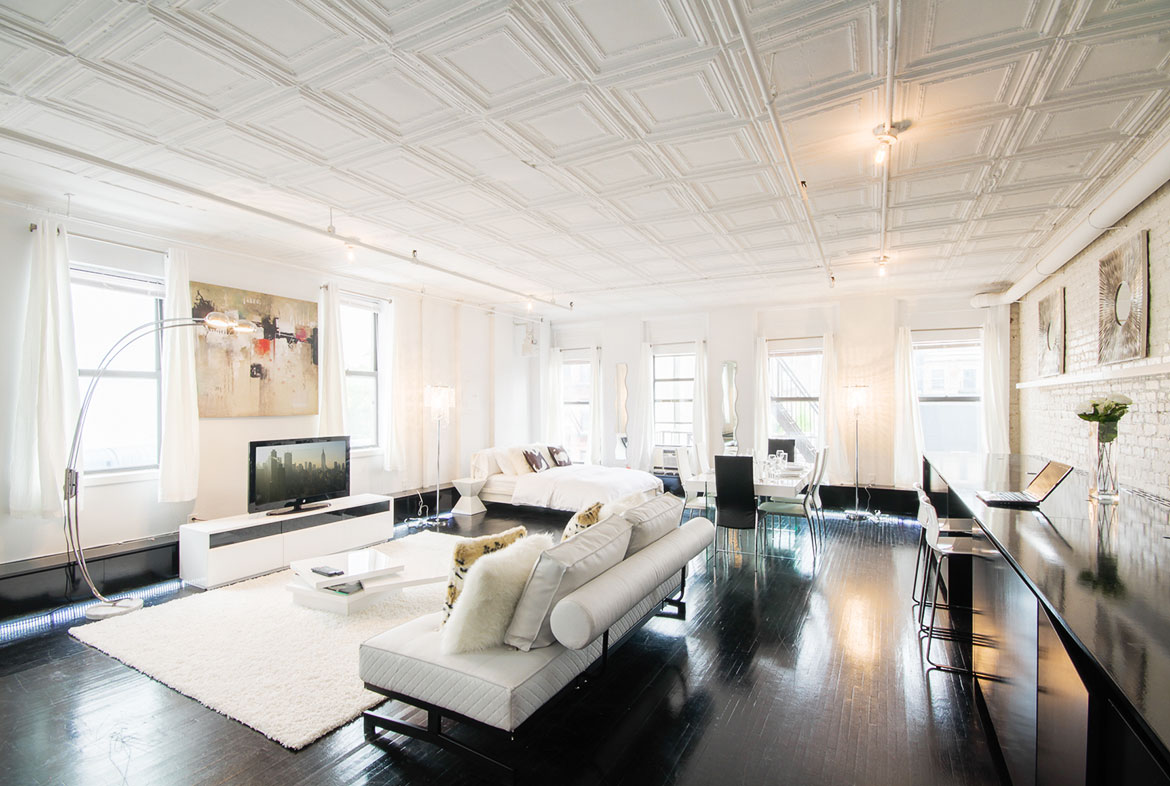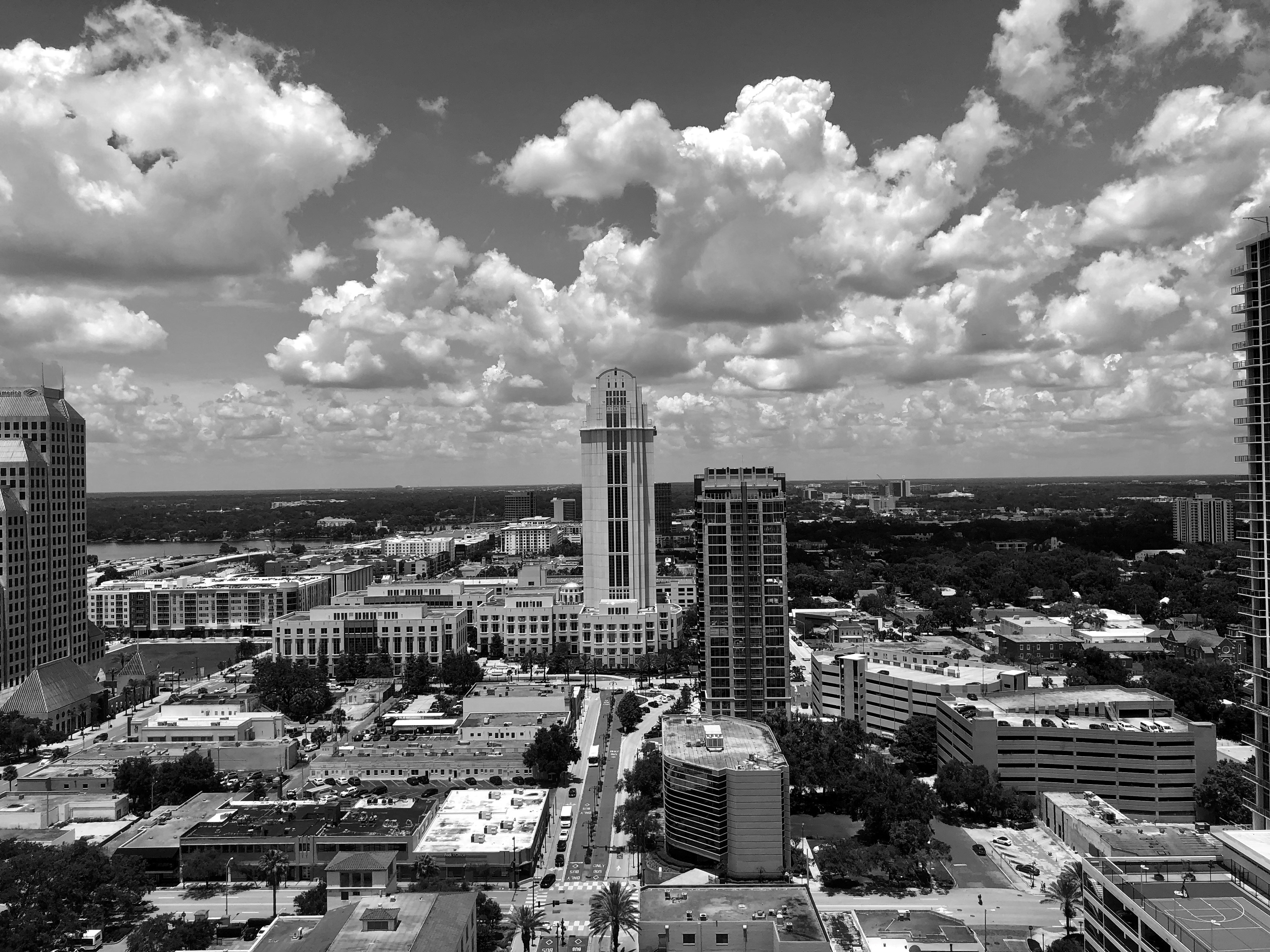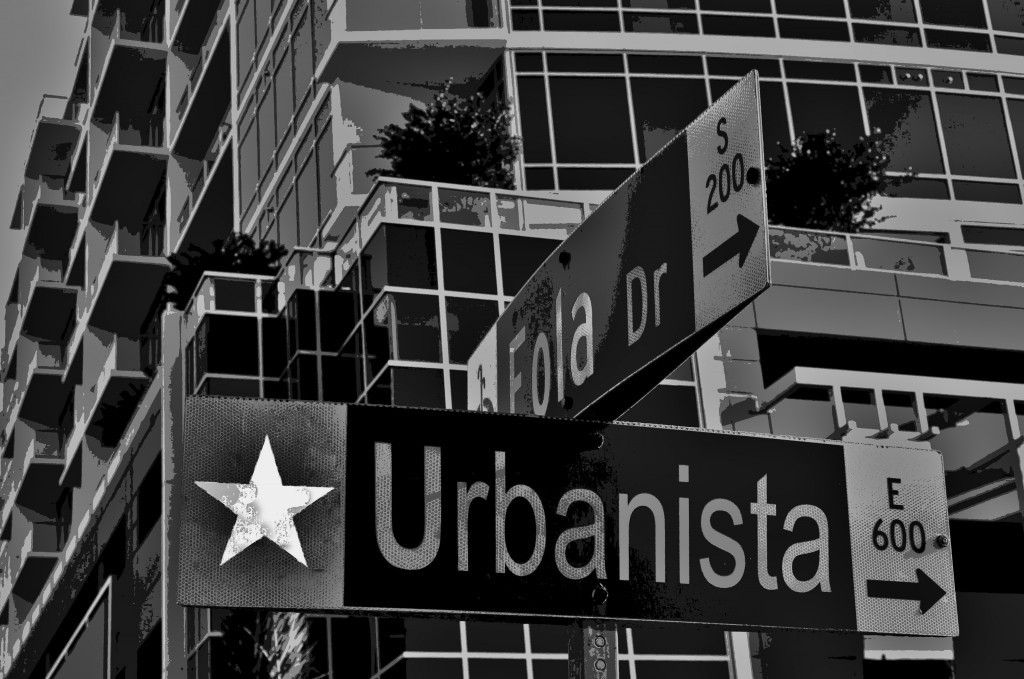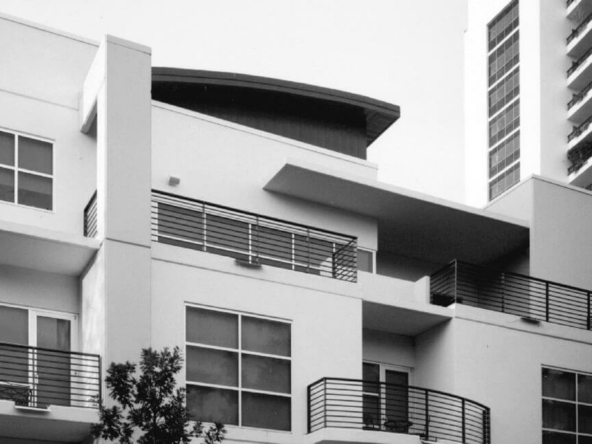People living in hundreds of homes near downtown Orlando could find themselves staring at 14-foot-high walls designed to decrease the roar of cars and trucks rumbling along Interstate 4.
The state is sending letters about the walls to people along a 21-mile stretch of I-4 — from Kirkman Road to the south and State Road 434 to the north — that is slated for a $2 billion makeover beginning in the fall of 2014.
Those living within 200 feet of the shadow of the proposed walls are being told that partitions are part of the project and are being asked what design and color they might like to see, such as a stone or split-face block pattern in shades of sand, light tan or light gray.
The only problem is the walls might not block that much sound.
“It’s not going to solve the noise problem. It does make it somewhat better,” said Scott Williams, 61, who lives in the Sleepy Hollow subdivision of Longwood in Seminole County. His house is two blocks from a so-called “noise-abatement wall” installed along I-4 a decade ago.
The state officials proposing the walls concur with Williams, saying the barriers can dampen the sound but will not eliminate it.
“You’re clearly going to be able to hear the roadway, but it’s going to be less,” said Bill Walsh, an environmental administrator with the Florida Department of Transportation.
The most profound impact, he said, will be noticed by those in houses closest to the road. Get 300 feet from the wall, he said, and the sounds of the road will be undiminished.
By law, the walls should be constructed anywhere the decibel level reaches at least 66, which is akin to being in a busy restaurant with lots of people talking and dishes clacking.
Walsh said studies show about a 5-decibel decrease is typical, though a drop of 6 to 8 decibels is not uncommon. That does not appear to be much, Walsh said, but because of the way sound travels, the reduction actually is significant.
The walls, however, remain popular.
“Most people want them,” said Walsh, who added that commercial properties, such as car dealerships, usually nix walls because they want their businesses to be seen by all the passing traffic. The state doesn’t have any walls planned for commercial districts along I-4.
Eben Self, an attorney who lives in College Park just north of downtown, said his neighbors seem to support the idea of sound walls.
“The feedback I’ve heard is that everyone is for them. The taller the better,” said Self, whose home is four streets from I-4.
But Allie Loveland, who runs a day-care center and is president of the College Park Neighborhood Association, said she would like to know more about the walls before deciding whether she likes the idea. She lives near Mathews Park, which abuts I-4.
“I’m not objecting to the walls, but I can’t speak knowledgeably about them,” she said.
Orlando City Commissioner Robert Stuart, whose district includes College Park, would not offer an opinion about the walls, saying only that he “loves the process” the state is going through before building them.
Once residents receive the letters, they can check off their preferences and mail them back to the state transportation office in DeLand.
More than 50,000 feet of walls are slated to be built in 15 sections, basically from John Young Parkway to Rio Grande Boulevard; from State Road 408 to South Parramore Avenue; from Lake Ivanhoe to east of Lee Road; from Wymore Road to State Road 436; and from West Central Parkway to State Road 434.
The estimated cost would be more than $18.5 million.
State construction experts could not say for certain when the walls would be built because designers need to more closely inspect the terrain along the road.
For people who have lived near I-4 for a long time, the din of traffic can become like elevator music. You hear it but pay little attention to it.
“It kind of becomes the white noise in the background,” Self of College Park said.




